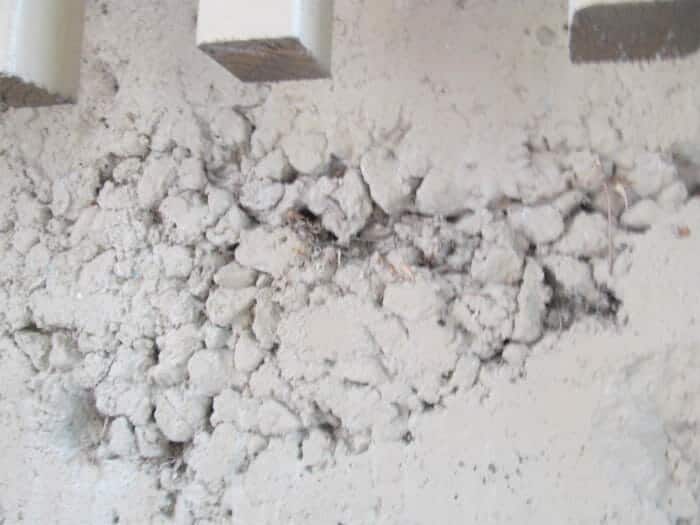Even so the new concrete does not bond with the already cured footings so a tiny gap exists between the two.
Using concrete motor to fill gaps in a basement wall.
You don t have to bother about proportioning or mixing as this liquid cement crack filler is ready to use.
Fill the crack with urethane caulk similar to what you would use for driveway caulk.
Snip the opening of the tube at a 30 degree angle making the opening the same size as your gap.
It works perfectly as a concrete expansion joint sealant.
After the walls have cured the basement floor is poured leaving a similar tiny gap known as the cove joint between the cured walls and newly poured floor.
In the short term a sealant applied along this gap between your basement floor and wall may prevent leakage.
Great stuff gaps cracks insulating foam sealant is a ready to use minimal expansion insulating foam sealant that expands up to 1 inch to take the shape of gaps creating a long lasting airtight and water resistant seal around plumbing and electrical in basements attics and more.
Typically this will be cracks in your foundation.
Under ordinary circumstances this gap is too small to admit water.
The water being blocked by the sealant will find another gap in your foundation to enter the home.
Use a smooth even motion filling the crack flush with the surface beveling it if it s against the house.
If necessary use multiple rods.
However it will eventually fail in one of two ways.
Use the end of a putty knife to push the rod firmly into the gap.
/cdn.vox-cdn.com/uploads/chorus_image/image/65889348/iStock_1080117518.8.jpg)



























